As eVTOL projects move from the drawing board and simulation to physical components and flight, they need to be appropriately certified for commercial operation. Certification is a long and rigorous process, overseen by engineers like David Solar, Head of General Aviation and Vertical Take-Off and Landing at the European Union Aviation Safety Agency (EASA).
AirShaper was lucky enough to speak with David and discuss the challenges of certifying this new eVTOL breed of aircraft.
What is an eVTOL?
Urban air mobility is a developing concept that sees personal transportation take to the skies above our cities. Electric vertical take-off and landing (eVTOL) aircraft are the machines that will allow this to happen.
An eVTOL essentially combines vertical and horizontal flight. They typically utilise propellors in the vertical position for take-off and landing, similar to a helicopter. Whereas for forward flight, some use the same propellors to generate lift and forward thrust, while others use horziontal propellors in combination with a wing. The simplest eVTOLs are small, light passenger aircraft that utilise electric motors to power the propellers with on board batteries to store energy. While the more complex eVTOL designs feature innovative propellor mechanisms and electric jet engines integrated into fixed wings.

eVTOL certification
To certify an aircraft, governing bodies such as EASA, CAA (Civil Aviation Authority) and FAA (Federal Aviation Administration) work with manufacturers to establish a set of regulations that ensure the safety and airworthiness of an aircraft during design, manufacture and modification. The manufacturers then have to conduct comprehensive testing programmes to prove that their aircraft complies with these standards.
However, eVTOLs are a new type of aircraft with technologies and concepts that have never been certified before. Consequently, authorities are collaborating with manufacturers to write the rulebook on eVTOL certification.
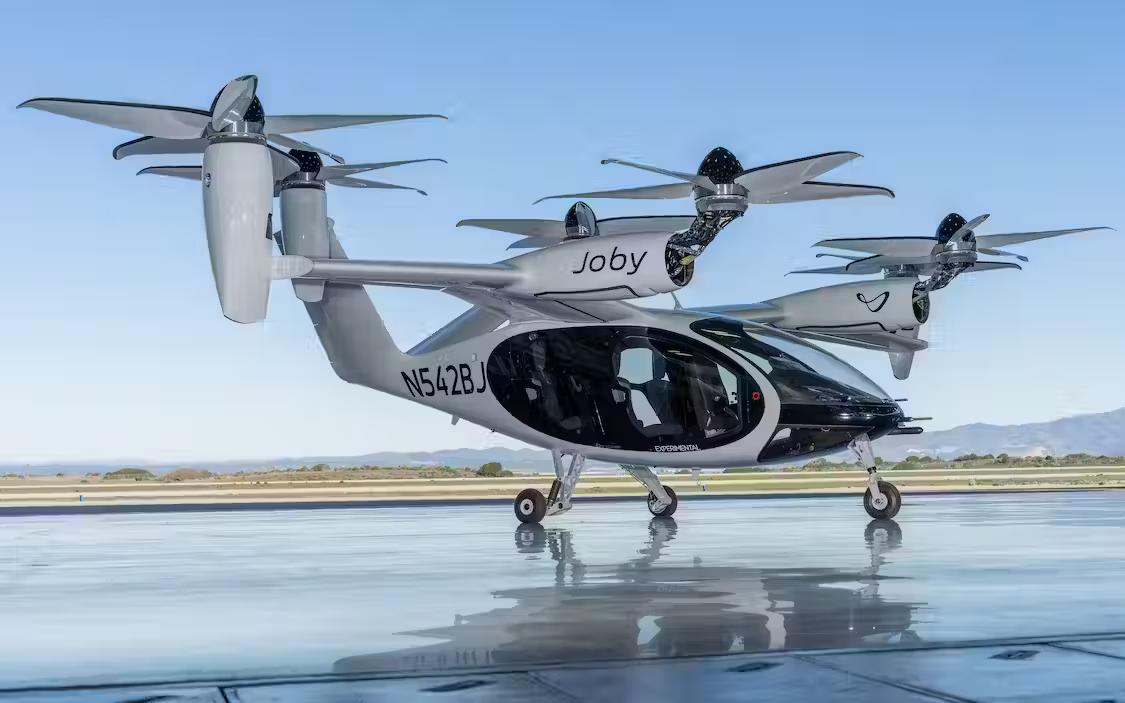
Although as David Solar explains, some standards can be carried over. “The certification of an eVTOL propeller is fairly similar to that of a conventional aircraft. But with eVTOLs you also have to consider the no single failure criteria and the application of the aircraft as the aerodynamic design is very much dependent on the aircraft’s objectives.”
“For example, when transitioning from vertical to horizontal flight, depending on if it is a tilt or not a tilt, the propeller may stay in the airflow fixed at some point, so each propeller design is adapted to a specific aircraft configuration. Right now, there is no magic formula, manufacturers have to find the best compromise between performance, noise and aerodynamics.”
However, with some of the latest eVTOL concepts utilising propellors for both vertical and forward flight, is the certification process different for a propellor used for take-off and landing vs a propellor providing horizontal thrust?
“Yes, they each have different loading conditions which leads to different ways to not only design, but also to demonstrate that the propeller is fit for flight. There is not a 'one size fits all' solution, we evaluate the loading conditions as well as the fatigue tests and understand how these are used on the aircraft to arrive at the final certification," says David.
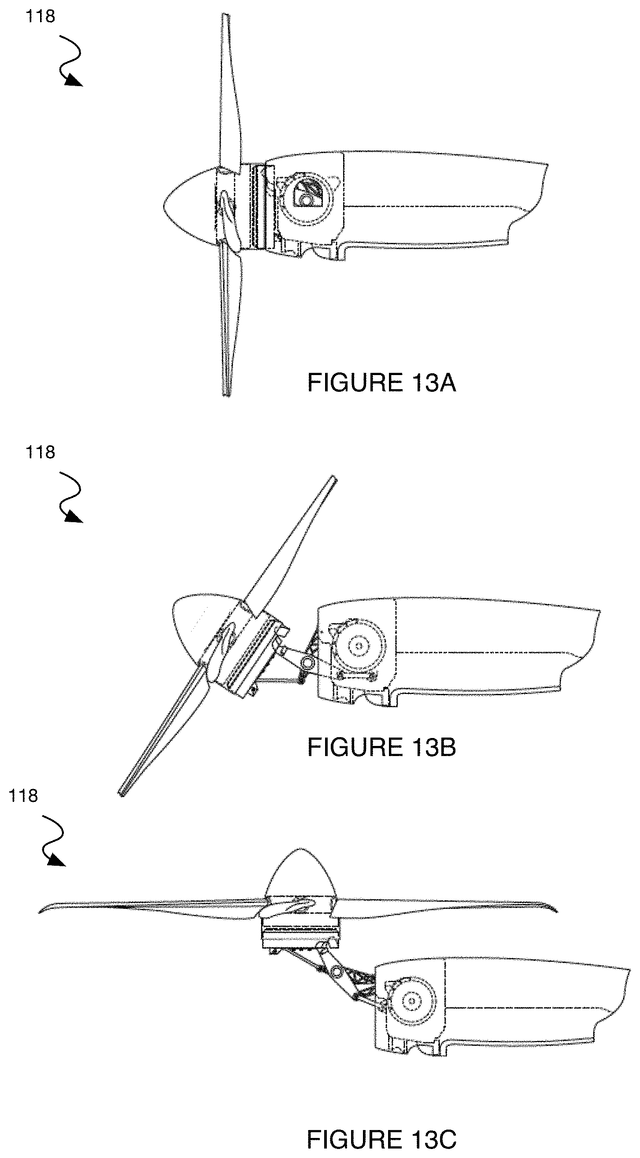
With urban air mobility such a novel industry, manufactures are constantly iterating their concepts to achieve the best performing designs. This has led to a huge variety of concepts, which make defining a set of standards that are suitable for all designs a real challenge. Furthermore, is there the danger that governing bodies could actually dictate the design direction through implementing certification standards?
“Right now, everybody is coming with new ideas and at the end of the day the market will probably choose the ones that are most fit for purpose,” says David. “I think we will see some different designs according to the specific missions, but it won’t be hundreds of designs. Once we have visibility on the most popular concepts, we can then write specific guidelines for each type of eVTOL.”
“We try to be as neutral as possible and not favour one design over another. That's why we have high level objective requirements that don’t consider whether a concept is a hovercraft or a plane because this prevents us introducing bias into the system. We don't know which eVTOL concept is going to be the best yet so we don't want to penalise a design by imposing requirements that may prevent some concepts achieving certification.”
Certifying the powertrain
The eVTOL world has only ignited recently due to the capabilities of modern electric powertrains. High voltage batteries supply electrical energy to motors which power the rotors. However, vertical flight is an energy intensive process which requires a battery with a high energy density and therefore a high weight. This presents a conundrum for manufacturers: larger batteries provide the energy necessary to increase the range of an aircraft, but this additional weight requires more propulsion to keep in the air, requiring even larger batteries.
“It’s all dependent on the evolution of battery technology, but for now there is a trade-off between the payload and the range performance an eVTOL can achieve. This means that advances in the battery weight to power ratio will give the biggest increases in performance, although improvements in aerodynamic efficiency will still provide some gains, but these will be of much smaller magnitude," concludes David.
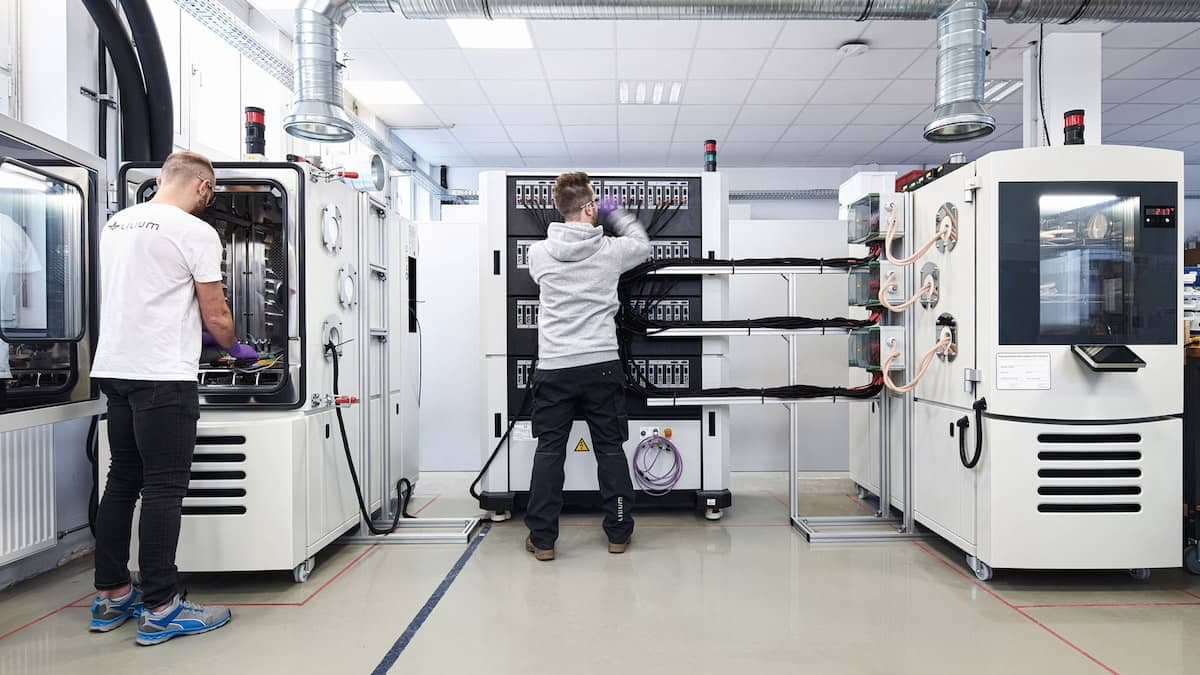
Certification differences between cargo and passenger
The battery energy density vs payload question also depends on whether the aircraft is intended for transporting passengers or cargo, as each scenario demands very different energy requirements and thus affects the achievable range.
“One of the big cost drivers at the moment is when manufacturers will change the battery,” says David. “The likes of Volocopter are willing to swap the battery, recharging them in a very low, steady controlled environment so that the battery is in perfect condition for charging. While others are looking at solid-state batteries that could have less of an impact on ageing.”
The different flight paths of cargo and passenger aircraft also means different certification requirements, as David explains. “If you are operating your cargo not over cities, then you can have lower security using the battery basic category that we have defined in our special condition window. There are differences in some of the redundancies especially if you go to the very low end of the basic category where you also have differences in terms of software development. It may be that you can have only an emergency landing requirement in the basic category because we consider that you will be flying over some non-congested, hostile environment so you could find a spot within a reasonable amount of time to land.”
“However, if you are operating passenger commercial flights, the level of safety in Europe, means manufacturers have to comply with an 'enhanced category' which is the highest of safety level we have today. This also applies to cargo if you are operating over what we call congested sites, over cities or environments. In these cases, we are requesting that you are carrying on the flight even with a failure to an alternate destination. These differences have a lot of design implications behind them.”
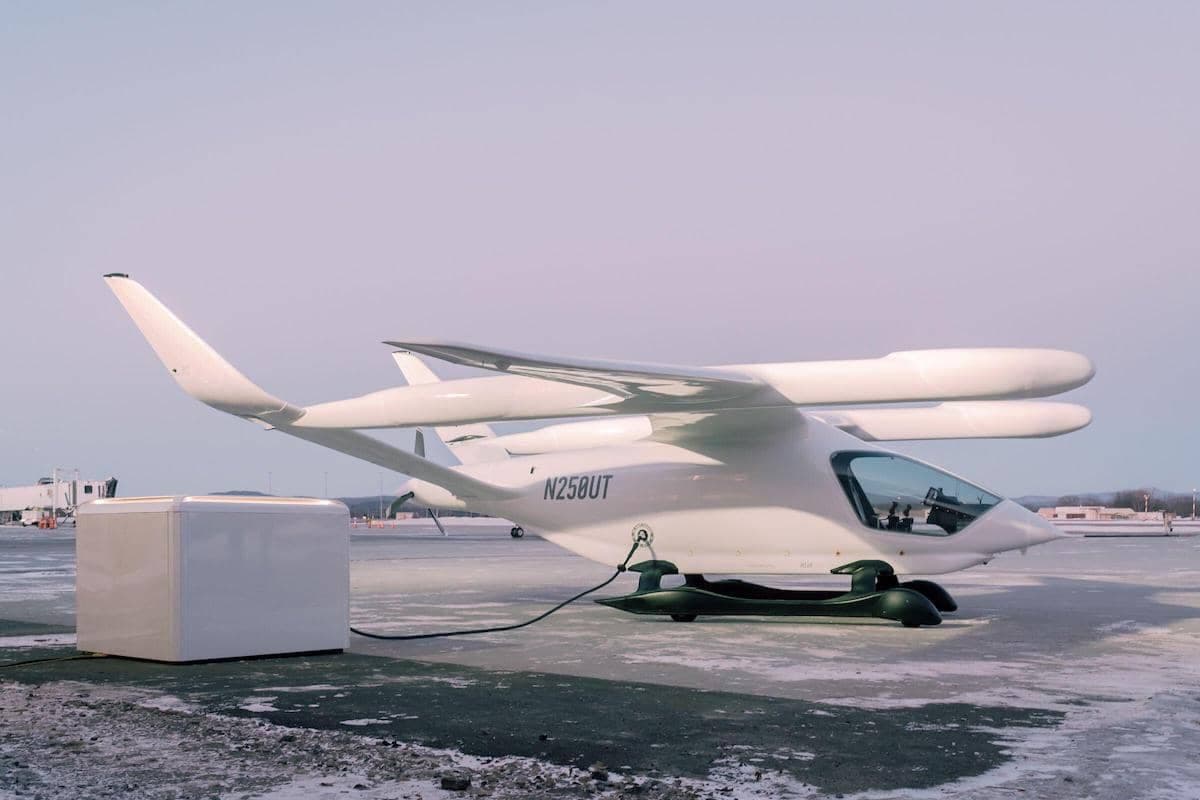
Regulating vertiports
Flying across the skies of our cities does not only cause safety concerns, but EASA also have to consider the operational noise of busy vertiports or landing sites and the impact this will have on the people living there. With no eVTOL certified to fly commercially yet, EASA have had to conduct comprehensive research to understand the challenges of certifying vertiports.

“There is no noise level which has been defined so far, but we are taking measurements. It's not like a helicopter or aircraft where you have ideal noise limits which are already set up. It is so new and we don't yet know in detail the noise profile of these machines, so we are learning by doing,” highlights David.
“For sure they will be quieter than a helicopter and also companies know that noise is critical for public acceptance. I think the quieter the aircraft, the more successful it will be with the public. So there is a strong incentive for companies to minimise the noise footprint. We'll see later down the road if we have to put in some limits, maybe in cities or other environments, but so far, we are gathering data and taking the time to think about it.”
The future of eVTOLs
There are very few knowns about the way the urban air mobility concept will evolve over the next decade but organisations like EASA are at the forefront of defining how eVTOLs will become a part of our daily lives, safely.
“It will depend on how the industry is adopted by consumers. It will be expensive at the beginning, so unlikely to be used by most individuals. The price of eVTOLs will likely exceed that of cars, because of the high battery costs and also the pilot will need to be trained as well as licenced. Longer term, costs may reduce if production can be scaled up and the operational requirements are lowered so you don’t need a pilot to fly the aircraft. I still think it will be challenging to reach the current automotive industry levels of production and cost.”
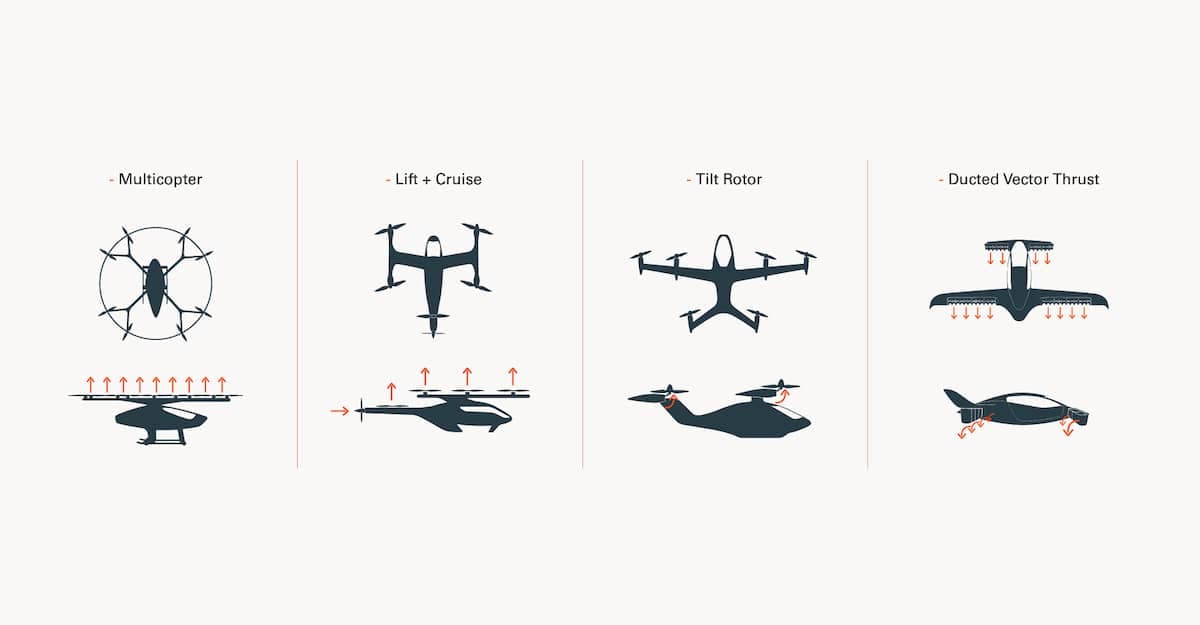
So when can we expect to take our first flight in an eVTOL? “That’s a difficult question!” smiles David. “It will ultimately depend on the first real flight tests of the final configurations as only then will we have a clear view on any problems that need to be addressed before certification. What I can say is that there is at least one OEM targeting the Paris Olympic games. After that, eVTOLs will still be in limited operation as there is still a lot of work to be done on the certification side. But I expect that the eVTOL industry will continue to progress from 2024 onwards.”
Interesting links:
- FAA Releases First eVTOL Certification Basis For Comment
- AirShaper takes fresh approach to complex field of computational fluid dynamics
- Vertical Take-off and Landing (VTOL)
- Airspeeder - The Electric Flying Car Racing Series
